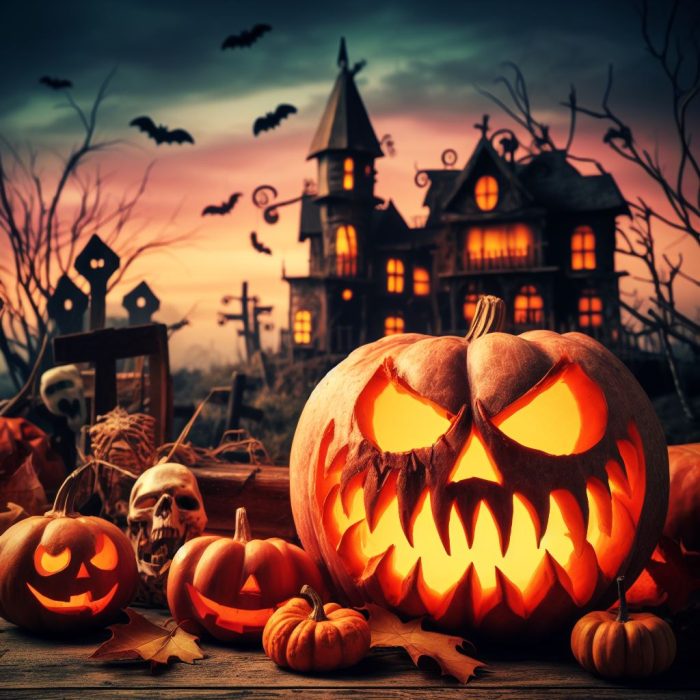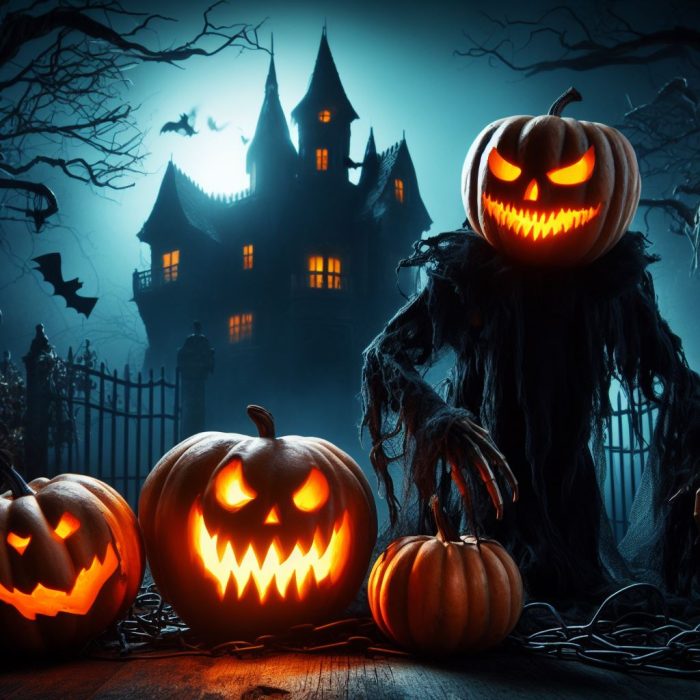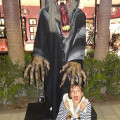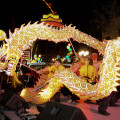
A Deep Dive into All Hallows’ Eve
Halloween, also known as All Hallows’ Eve, is an annual celebration observed in numerous countries on October 31, the eve of the Christian feast of All Hallows’ Day. The origins of this spooktacular holiday date back thousands of years, intertwining with ancient Celtic traditions and Christian rituals. Over the centuries, Halloween has evolved into a day of costumes, jack-o-lanterns, tricks, treats, and festivities that captivate imaginations worldwide.
The Ancient Roots: Samhain
The origin of Halloween can be traced back to the ancient Celtic festival of Samhain (pronounced “sah-win”). Celebrated from October 31st to November 1st, this festival marked the end of summer and the harvest season and the beginning of the dark, cold winter – a time often associated with human death. The Celts believed that on the night of Samhain, the boundary between the living and the dead became blurred. Spirits of the deceased were believed to return to the mortal world, and to appease these spirits, the Celts would light bonfires and wear costumes to ward off any malicious entities.
From Pagan to Christian: All Hallows’ Eve
As Christianity began to spread throughout Europe, many pagan traditions, including Samhain, underwent transformations. By the 9th century, the influence of Christianity had spread into Celtic lands, and on May 13, 609 AD, Pope Boniface IV dedicated the Roman Pantheon in honor of Christian martyrs, marking All Martyrs Day. This celebration was later moved by Pope Gregory III to November 1st and expanded to include all saints, known as All Saints Day or All Hallows. The night before became known as All Hallows’ Eve, eventually shortened to “Halloween.”
Modern Celebrations: Tricks, Treats, and Costumes Galore
Today, Halloween is a blend of ancient Celtic practices, Christian traditions, and modern fun. Its celebration varies worldwide, but some consistent elements remain:
- Costumes: Dressing up for Halloween is a cherished tradition. From scary to humorous, costumes offer a chance to become someone (or something) else for a night.
- Trick-or-Treating: Originating from the medieval practice of “souling” or “guising”, children and sometimes adults dress up and go door-to-door, asking for candy or treats with the phrase “trick or treat”.
- Jack-o-Lanterns: These carved pumpkins trace back to an Irish myth about a man named “Stingy Jack”. Today, carving intricate or scary faces into pumpkins and lighting them with candles is a beloved Halloween activity.
- Parties and Events: From haunted houses to community parades, Halloween is a time for social gatherings and events that celebrate the eerie and the fun.
- Cultural Celebrations: In places like Mexico, Día de los Muertos (Day of the Dead) coincides with Halloween, where families honor deceased loved ones with altars, offerings, and festive gatherings.
SEO-Optimized Tips for Readers
When searching for Halloween ideas online, use specific terms like “DIY Halloween costumes” or “best Halloween recipes” for more tailored results.
Local community calendars often list Halloween events, parades, and haunted houses. A quick search with your city’s name + “Halloween events 2023” should provide relevant information.
Conclusion
From its ancient Celtic roots to its modern-day celebrations, Halloween is a rich tapestry of history, culture, and creativity. Today, it’s a time for joy, community, and a touch of the supernatural, providing a unique opportunity to shed daily personas and delve into the imaginative world of All Hallows’ Eve.







